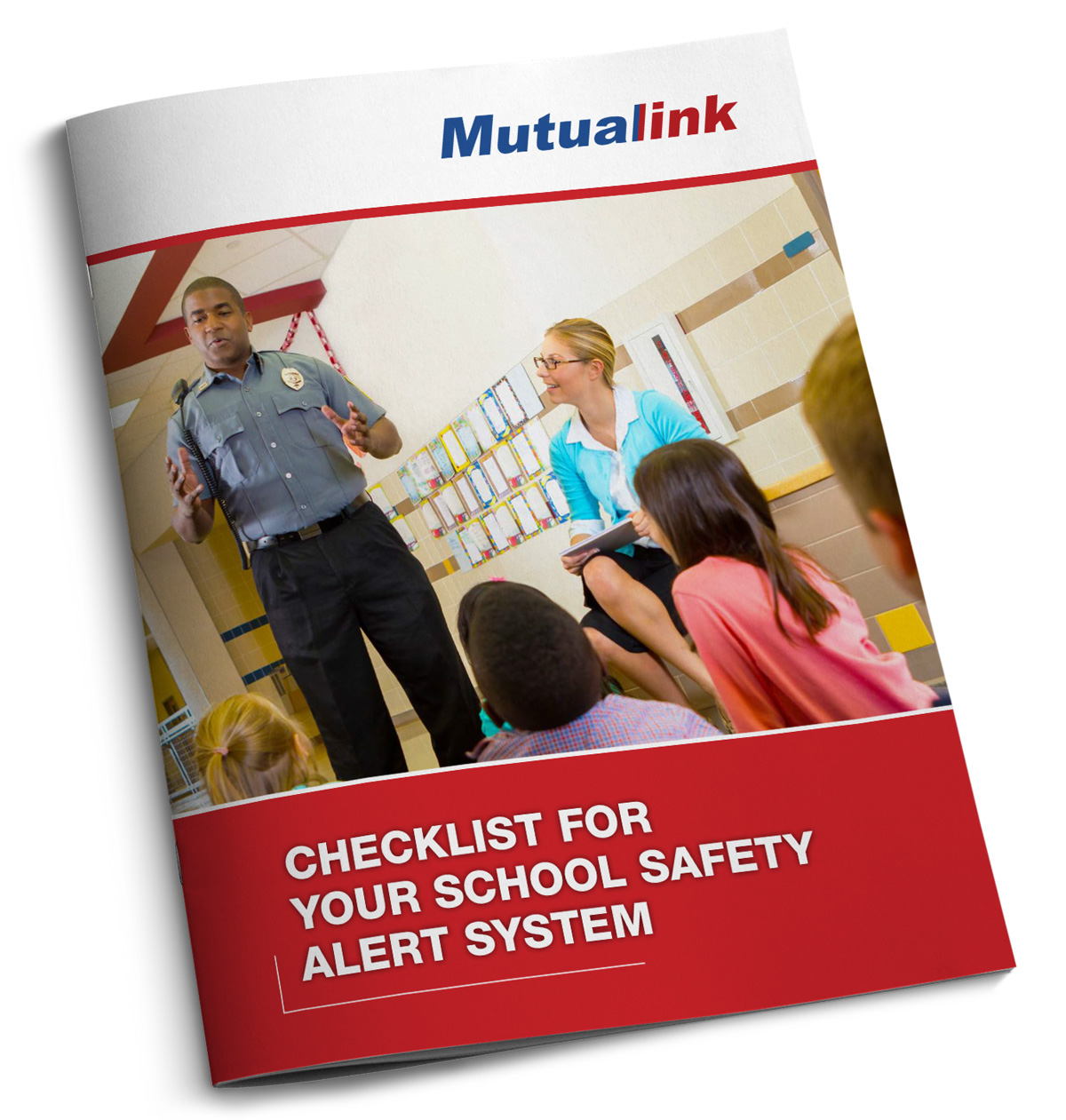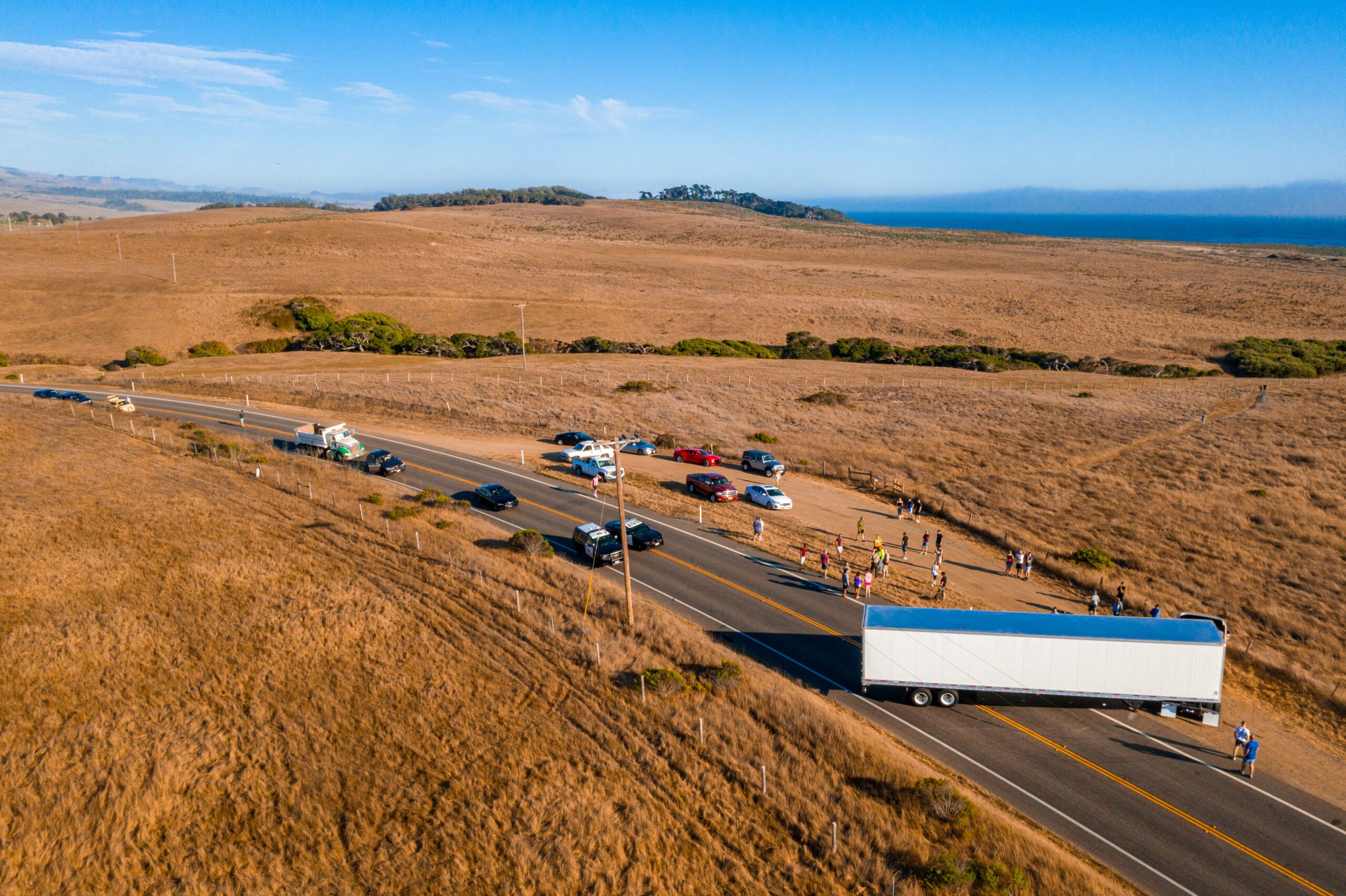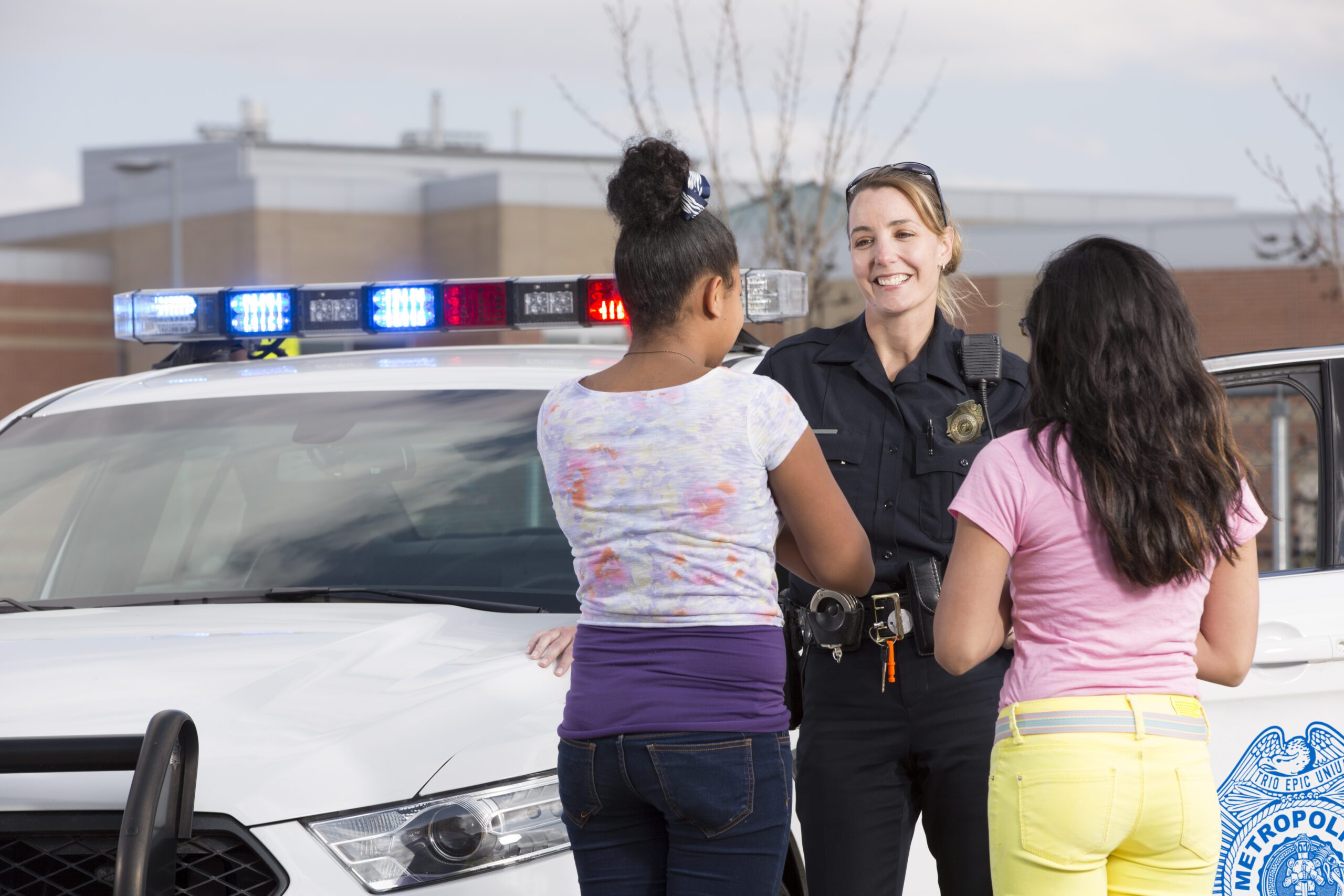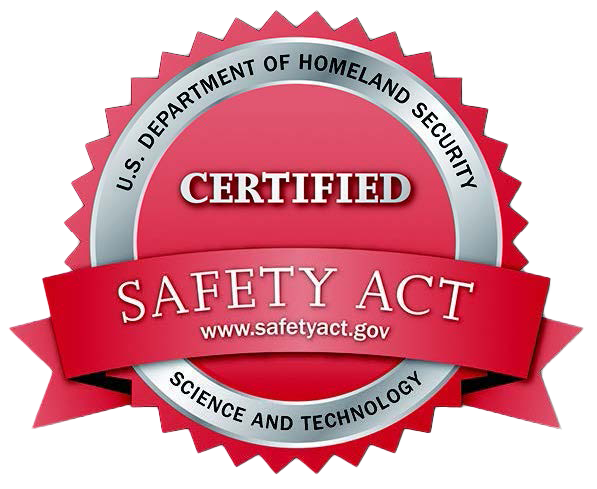There’s more to school safety alert systems than you think. In this article, we clear up some common misunderstandings that stand in the way of responding to school shootings and making schools safer.
By: Jeff Kelly, National Director Campus Safety K-12 and Higher Education
Here are two well known facts:
- School safety alert systems enable effective responses to school shootings.
- Alyssa’s Law in Florida (and other states) requires schools to implement a mobile panic button so police and first responders are notified immediately in an emergency.
With these facts in mind, you have a sense of the basis for a school safety alert system. But there is much more to know, and many common misconceptions that deserve to be cleared up. Here are some widespread beliefs – and lesser-known facts – about school safety alert systems:
5 Myths About School Safety Technology
1.Panic Buttons and Ease of Use
There is a widespread belief that panic buttons are hard to use. In practice, if you can press a button on a keychain or touch a smartphone app, you can use a school safety alert system. Some systems even incorporate a voice-activated panic button. Whether a “hard” button – on a keychain or pendant, or a “soft” button that launches a smartphone app, the result is the same: a school alert system is set in motion that will shorten police response time and help save lives.
2. Smartphone Apps and Privacy Concerns
It’s understandable that a teacher, administrator, or anyone, for that matter, would not like to be tracked everywhere they go on a smartphone app. Many school employees hesitate to download the app for that reason. But in fact, their privacy is not in jeopardy because the app does not keep a record of the user’s movements.
3. Cameras and Privacy Concerns
Some users are concerned that privacy laws could be violated should law enforcement gain access to a smartphone’s camera. While law enforcement does gain camera access, that access is granted only in emergencies, when privacy laws are suspended. The rest of the time, police access to school video is blocked, in accordance with the Family Educational Rights and Privacy Act (FERPA).
The camera views transmitted from the cell phone are important to first responders. For example, a school principal can send a photo or video of a school shooting while it is in progress. When first responders are contacted, they can see what is happening. While they are still in transit, that critical visual information helps them determine the best strategy to end the crisis and save lives.
4. School Alert Systems are not for Emergency Use Only
While created to enable emergency response, a school safety alert system can be used for day-to-day communications as well. In case of medical and weather emergencies, the system alerts first responders quickly, saving precious seconds that could be life-saving. In fact, it’s a good idea to use the system regularly, so that users can become accustomed to the panic button, smartphone app – whether touch or voice-activated – and the underlying capabilities of the platform. Practicing and becoming comfortable with the system can pay dividends in an emergency when real panic sets in.
5. Expensive Video Cameras are No Longer a Requirement
Just a few years ago, it was necessary to install video cameras throughout a school facility, sometimes at a cost of tens of thousands of dollars, to implement a school safety alert system. However, many schools have since installed video cameras on their own for security purposes, taking advantage of declining equipment prices. School safety alert systems usually can be used with existing video systems. Using security cameras’ video feeds is a smart way to leverage existing investments.
Read more about panic button technology here.
Checklist for Your School Safety Alert System
Learn more about 6 critical elements to protect your schools.
School Safety Systems and Costs
While budget considerations are top-of-mind among public officials, funds for school safety alert systems are available from federal and state sources. For example, Elementary and Secondary School Emergency Relief Funds (ESSER) are being used for many things, including alert systems. The US Department of Justice and FEMA award competitive grants for many purposes, including school safety technology. Mutualink experts can provide guidance and support for funding applications. For more information and tips on funding sources, please see the post Top Funding Sources for School Safety Technology.
Safety Systems Work both Inside and Outside of School Buildings
Because students can be in danger outside the school building as well as inside, mobile school safety alert systems also work at sporting events, graduation ceremonies, at other outdoor school gatherings, and on or near school buses. This is important, considering the Department of Homeland Security recently issued a warning about the vulnerability of school buses to attack, given the large number of students that might be inside a vehicle and the limited number of exits.
Building LockDown is Only Part of the Solution
While a school must be locked down in the event of a school shooting or other emergency, that is just one piece of the strategy needed to protect students. In an emergency, communication between the school and first responders is critical. The ability to share real-time information via radio and video can mean the difference between effective and timely intervention and a delayed response time that results in injuries or fatalities.
Over-Reliance on Electronics
An alert system will hasten the arrival of first responders and enable an effective response to any crisis. But there’s more to it than that. A mobile panic button, smartphone app, and underlying platform are just part of an effective solution to shorten police response time. They go hand-in-hand with pre-planned responses, in which the roles of key players are thoroughly understood, including a reunification site for post-crisis gatherings. The electronic system is just one element – albeit an important one – in a complete game plan.
All Safety Alert Systems are NOT the Same
While there are many school safety offerings, only Mutualink supports radio, video, telephone, and cellular communications. The Mutualink platform works with both soft and hard panic buttons to shorten police response time. Its voice-activated feature can be a difference-maker in an emergency when a school official might need both hands free to signal students, direct traffic, or ward off an attacker. Mutualink technology is certified under the US Department of Homeland Security SAFETY Act and is on the DHS-approved products list.
See The Mutualink School Safety Solution in Action
Every student deserves the best protection—to see what school safety looks like in action, watch this video demonstration here.






